The Hong Kong section of the controversial high-speed railway connecting the city with mainland China started operating on Sunday after years of opposition, delays and cost overruns.
The 26-kilometre-long railway cost HK$86.4 billion and took more than eight years to complete.
The West Kowloon terminus was opened to the public on Sunday. A few ticket-holders arrived as early as 4am to catch the first train, and by midday the station was packed with travellers.

Transport and housing chief Frank Chan said the railway took 18 years to become a reality. It connects to China’s network of high-speed railways, which the government says will improve efficiency and bring business opportunities.
“The Express Rail Link is an infrastructure project that Hong Kong people can feel proud of. We are all very pleased and excited by the start of this ‘new life,’ but it also requires our care,” Chan said.
See also: Cost overruns and constitutional debate: Hong Kong’s controversial Express Rail Link, explained
The West Kowloon terminus will have trains connecting to 44 destinations in China in its initial phase. On Sunday there were 82 pairs of short-haul trains to destinations like Futian, Shenzhen North and Guangzhou South, and 13 pairs of long-haul trains.

Ms. Wong, 83, told HKFP that she was planning to take the first train to Chaoshan for her Mid-Autumn Festival family reunion. She said that she usually takes a six-hour-long coach to her hometown, but she wanted to try something new.
“Taking the first train is a bit exciting… it is my first time going to a high-speed rail station,” she said, though she described the station as nothing special.
Simon Lau, one of the first people to enter the station, said he did not manage to buy a ticket due to an expired home return permit, but still wanted to witness the station’s opening.
‘High-speed rail era’
On Saturday, Chief Executive Carrie Lam and Guangdong Governor Ma Xingrui took part in an official opening ceremony for the Hong Kong section of the railway.
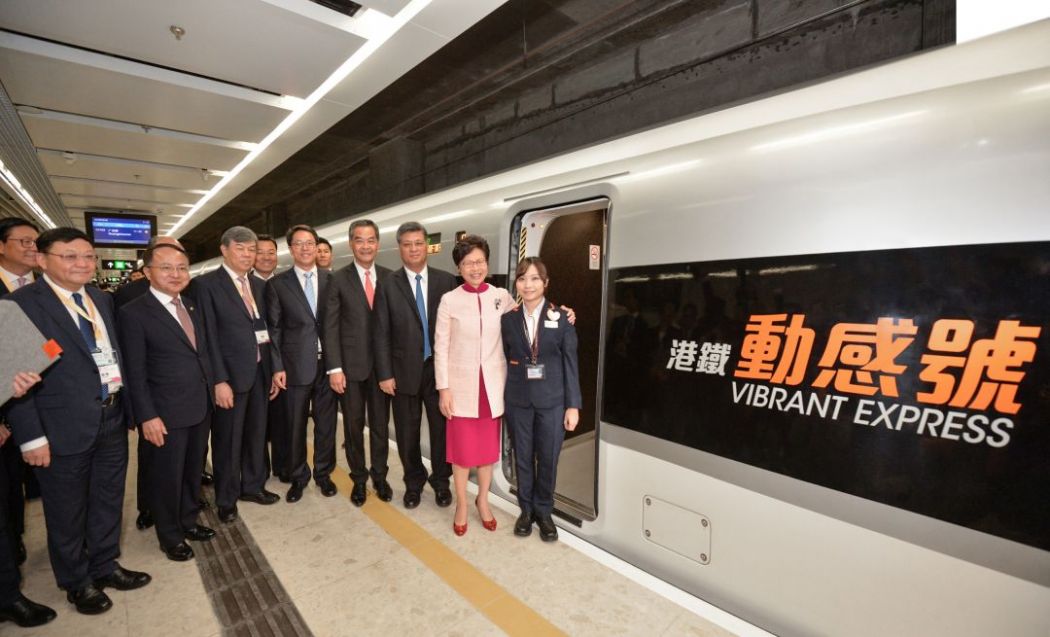
Lam said Hong Kong had entered the high-speed rail era: “What is most important… is the connection between the people of [mainland China and Hong Kong]. I encourage everyone to travel more to mainland cities using the Express Rail Link, and to understand their culture and development,” she said.
Lam then took the high-speed rail for a test ride to Guangzhou South and back. However, she said she will not take the railway for official trips to Beijing because of her tight work schedule.
The ceremony was also attended by former chief executives Tung Chee-hwa and Leung Chun-ying, as well as pro-establishment figures such as Elsie Leung, Maria Tam and Tam Yiu-chung.

Pro-democracy groups led by the Civil Human Rights Front staged a protest before the ceremony, arguing that the Express Rail Link was a white elephant project and the joint checkpoint arrangement harmed Hong Kong’s rule of law.
“Oppose the Express Rail Link! Shameful betrayal of Hong Kong!” protesters shouted.
The League of Social Democrats said that one its members was pushed to the ground by security guards and another was shoved.
Delays and luggage confusion
On Sunday, MTR Corporation Operations Director Adi Lau said that, on the whole, most morning trains were able to follow the timetable and operations were smooth.
However, local media reported multiple delays on trains going to and from Hong Kong. At least two separate trains to West Kowloon from Shenzhen took 30 to 35 minutes, more than the advertised travel time of 19 minutes.
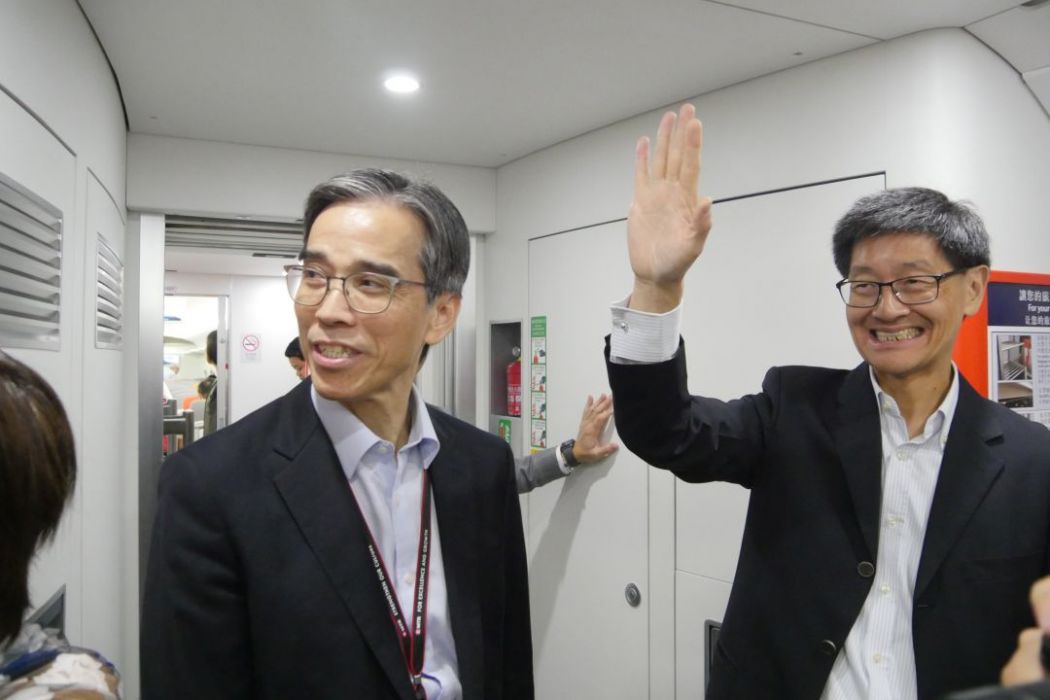
Ming Pao reported that a train leaving Shenzhen at 11:02am stopped in a tunnel and suffered an apparent power outage. The air-conditioning and lights were turned off for around eight minutes.
Lau also acknowledged that the operator had trouble connecting the online ticketing websites of Hong Kong and mainland China, meaning that some passengers had to jump through additional hoops to retrieve their tickets.
Some passengers at the West Kowloon terminus complained that they were unaware of the size and weight restrictions of carry-on luggage.

Mr. Law, who was travelling to Wuhan with his family, said a MTR staff member told him that his luggage exceeded acceptable limits, which he felt was unreasonable: “How come I can take this luggage on a plane but not on a train? It is a joke,” he said.
Joint checkpoint plan
Express Rail Link passengers at the West Kowloon terminus must pass through both Hong Kong and mainland customs and immigration checkpoints – a change from the previous practice where passengers would go through immigration at the point of departure and the station of arrival.
See also: Explainer: The controversial joint checkpoint arrangement for Hong Kong’s Express Rail Link
To enable the “joint checkpoint” arrangement, a quarter of the West Kowloon terminus was put under mainland jurisdiction.
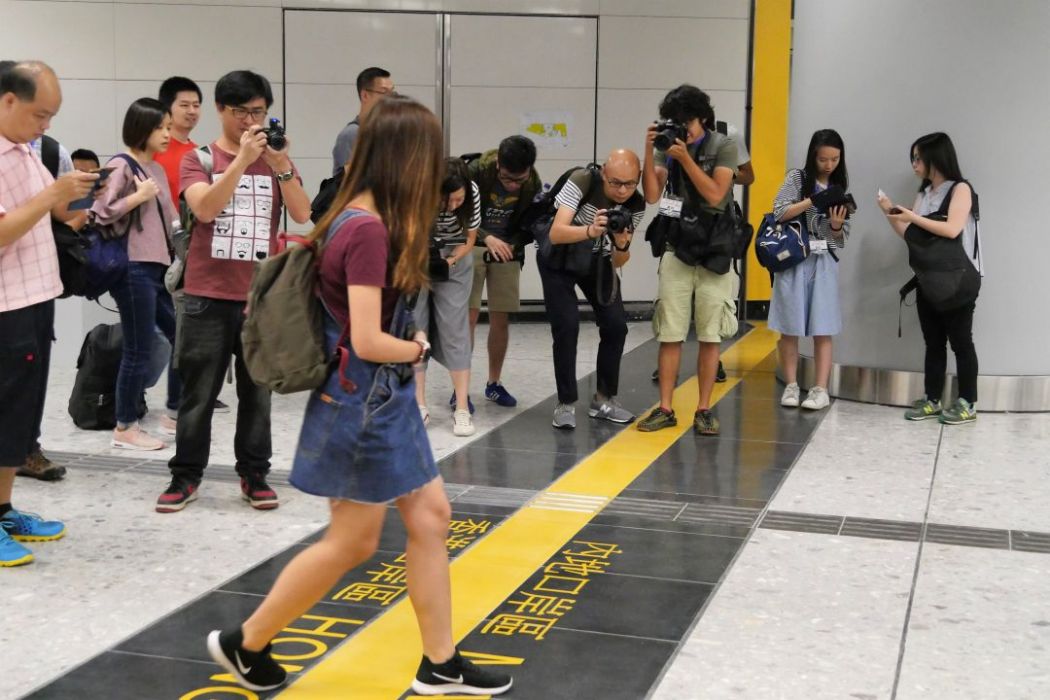
The Bar Association and pro-democracy parties have condemned the joint checkpoint arrangement as unconstitutional, calling it the “most retrograde step to date in the implementation of the Basic Law.”
The government defended the joint checkpoint arrangement, which had been approved by China’s top lawmaking body. During Lam’s speech on Saturday, she thanked the National People’s Congress Standing Committee for providing a “firm legal basis” for the arrangement.
On Sunday morning, there was a strong presence of law enforcement officers at both checkpoints. Although photography was officially prohibited in the customs and immigration area, officers did not stop reporters and passengers from taking shots.
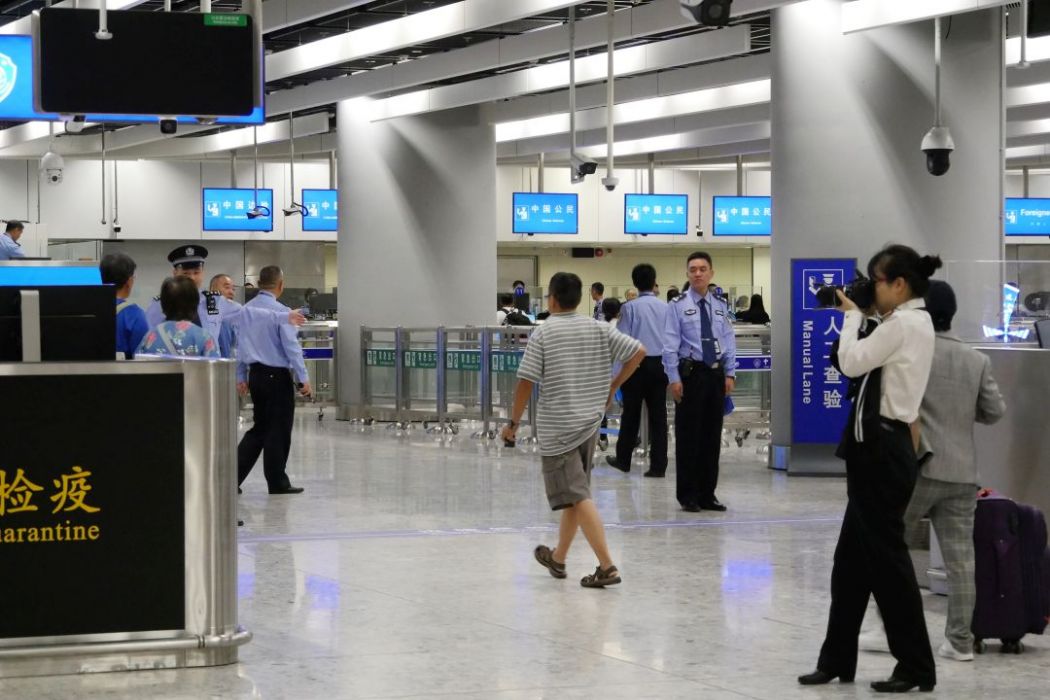
On Sunday morning, HKFP reporters took about 10 minutes to enter the gate and go through both checkpoints, but there was an additional waiting time of 10 minutes before the platform could be accessed. Some early passengers said it took around half an hour in total to get from the concourse to the train.
Passengers must first enter the gate at the ticketing concourse, descend to level B3, then pass through customs and immigration to enter the mainland port area. Level B3 has a waiting area and escalators and elevators that lead to the platform on level B4.
First train
The first train carrying members of the public departed from the West Kowloon terminus at 7am. It arrived at the Shenzhen North Railway station 19 minutes later, which tallied with the MTR’s timetable estimate.

The first public train journey was smooth with no noticeable mechanical issues. An onboard speedometer showed the train reaching 200 kilometres per hour at its fastest.
Passengers told HKFP they were satisfied with the Express Rail and found the train carriage to be quiet and steady.
Mr. Man said he was on the train mostly to try it out, and planned to have lunch and go shopping in Shenzhen afterwards. He said he was forced to return home after forgetting his tickets. Despite arriving at the West Kowloon terminus with only 15 minutes to spare, he was still able to get on the train.
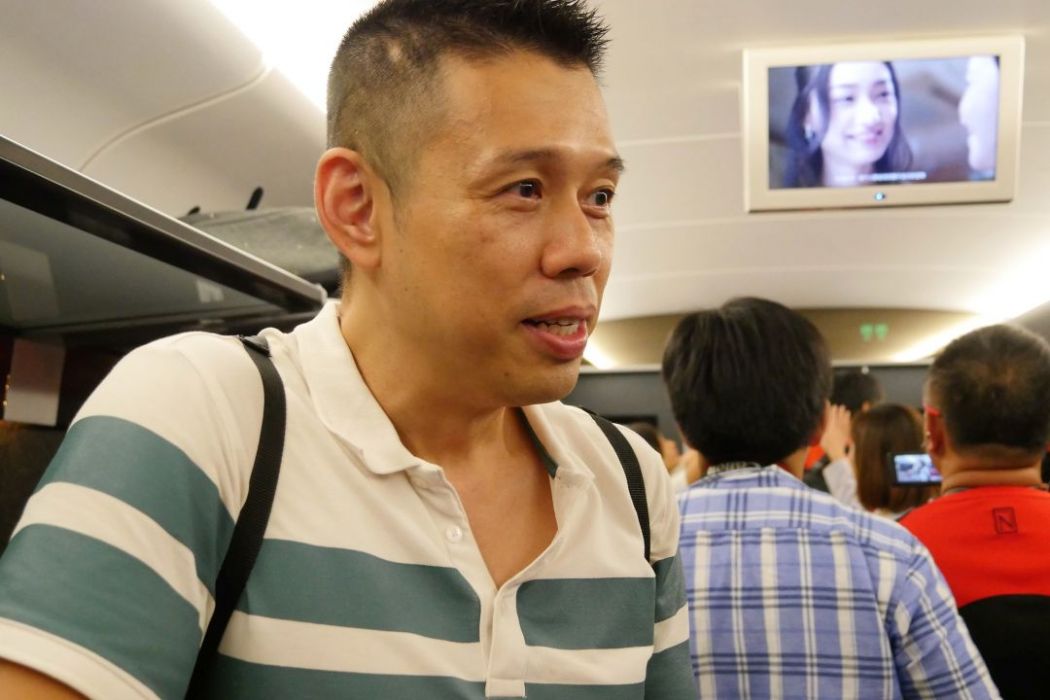
“It was very smooth, and the [customs and immigration] process was quicker than those in airports, and the safety check was quite convenient. My only complaint is that ticket replacement procedures could be better,” he said.
Mr. Ng, a primary five student who travelled with his family, said he would give the Express Rail Link a nine out of 10. He said he took off one point because the adjustable seats were not facing the right way when they boarded.
Additional reporting: Jennifer Creery.
